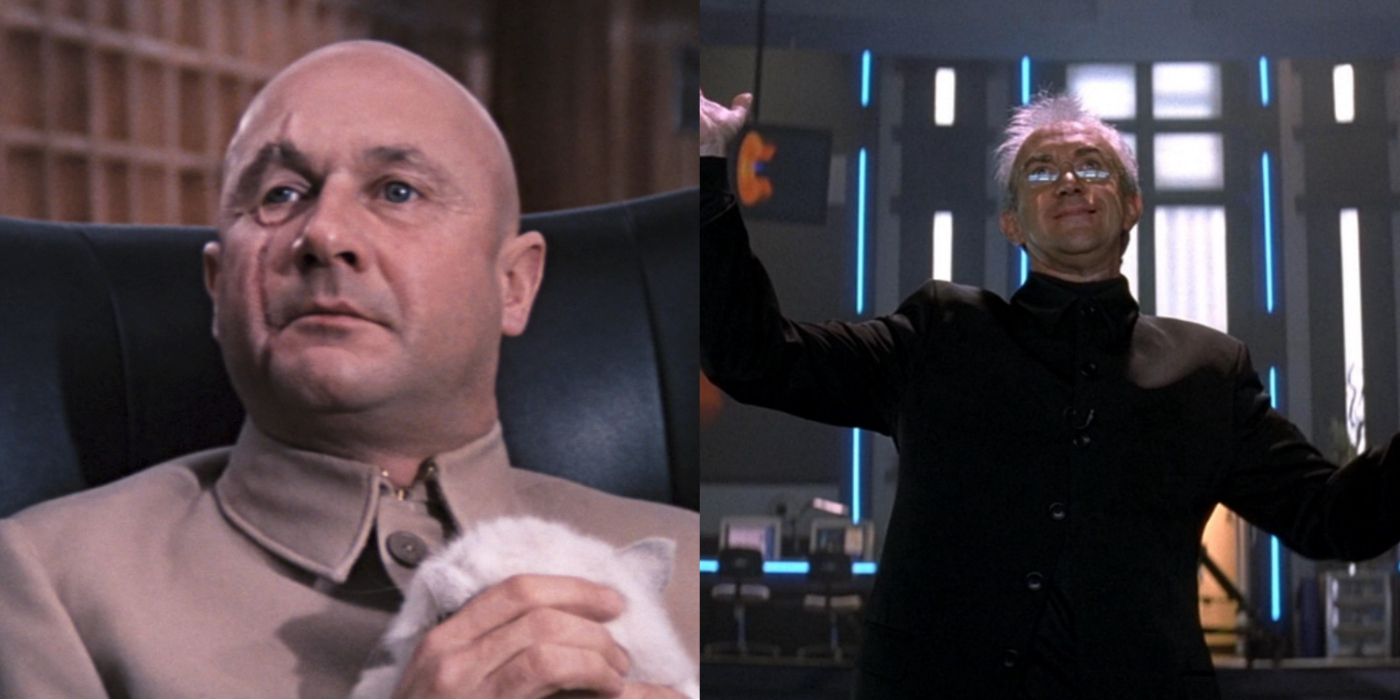Since the inception of the James Bond franchise in the early 1960s, the character of James Bond has been defined not only by his suave demeanor and charm but also by the formidable villains he faces. The villains are crucial to the narrative, providing both conflict and depth to the story. But what exactly makes a great James Bond villain? This article delves into the essential characteristics that define these iconic antagonists, exploring their motivations, backgrounds, and the lasting impact they leave on audiences.
The Essence of a Memorable Villain
A great Bond villain is more than just a nemesis; they embody unique traits and characteristics that elevate them beyond mere antagonism. Here are several key elements that contribute to the making of an unforgettable villain:
- Complex Motivations: The best villains often have multi-faceted motivations that go beyond simple greed or revenge. They may seek power, revenge, or even a misguided sense of justice.
- Charisma and Charm: A Bond villain must be charismatic, capable of captivating not only the characters within the story but also the audience. This charm often masks their sinister intentions.
- Intellectual Challenge: The villain should pose a significant intellectual threat to Bond, forcing him to outsmart them rather than relying solely on physical confrontation.
- Iconic Traits: Memorable villains often possess distinctive traits, whether it’s a physical characteristic, a unique style, or a signature weapon.
- Backstory: A well-crafted backstory adds depth to the villain, providing context for their actions and making them more relatable, even if their methods are reprehensible.
Notable Examples of Great Bond Villains
To further understand the elements that make a great Bond villain, let’s examine some of the most iconic characters in the franchise’s history:
1. Auric Goldfinger

Played by Gert Frobe in “Goldfinger” (1964), Auric Goldfinger is one of the most celebrated villains in the Bond canon. His character is defined by:
- Greed and Obsession: Goldfinger’s motivation revolves around gold, culminating in his plan to contaminate Fort Knox with a nuclear bomb.
- Charismatic Presence: Frobe’s portrayal exudes a calm, almost unnerving charm that makes him compelling.
- Iconic Moments: The phrase “No, Mr. Bond, I expect you to die!” has become a hallmark of villainous dialogue.
2. Ernst Stavro Blofeld

Blofeld, portrayed by various actors including Donald Pleasence and Christoph Waltz, represents the archetypal villain in the Bond series. His characteristics include:
- Mastermind Persona: As the head of SPECTRE, he is often depicted as a shadowy figure orchestrating evil plans from behind the scenes.
- Personal Grievance: Blofeld often has a personal vendetta against Bond, which adds layers to their conflict.
- Physical Traits: His distinct appearance, often characterized by a cat, has become synonymous with villainy in popular culture.
3. Silva

In “Skyfall” (2012), Javier Bardem’s portrayal of Silva offers a modern take on the Bond villain. His attributes include:
- Psychological Depth: Silva’s backstory of betrayal by MI6 adds emotional weight, making him a tragic figure.
- Complex Relationship with Bond: His obsession with M and his connection to Bond creates a compelling dynamic that transcends typical villainy.
- Unforgettable Presence: Silva’s unsettling demeanor and flamboyant style make him a standout character in the franchise.
Traits That Resonate with Audiences

Great Bond villains resonate with audiences due to their relatable traits, even if their actions are appalling. Here are several psychological and narrative factors that contribute to this resonance:
- Relatability: Many great villains have backstories that evoke sympathy, allowing audiences to understand their motivations, even if they don’t condone their actions.
- Fear Factor: The ability to instill fear or provoke anxiety in both Bond and the audience enhances the villain’s effectiveness.
- Symbolism: Villains often symbolize larger societal issues or fears, making them more than just characters in a story.
The Evolution of the Bond Villain
The portrayal of Bond villains has evolved significantly over the decades, reflecting changes in societal attitudes and cinematic trends. Here are some notable shifts:
- Cold War Themes: Early villains often represented the fears of the Cold War, with many being Soviet agents or military figures.
- Environmental Concerns: In more recent films, villains like Hugo Drax in “Moonraker” (1979) and Raoul Silva in “Skyfall” have addressed environmental issues and corporate greed.
- Gender Dynamics: The rise of female villains, such as Miranda Frost in “Die Another Day” (2002) and Safin in “No Time to Die” (2021), reflects changing gender dynamics and the complexity of female characters in action roles.
In conclusion, a great James Bond villain is defined by a combination of complex motivations, charisma, intellectual challenge, and memorable traits. Through the analysis of iconic characters like Auric Goldfinger, Ernst Stavro Blofeld, and Silva, we see that these villains are not merely obstacles for Bond but also embodiments of deeper psychological and societal themes. As the Bond franchise continues to evolve, the villains will undoubtedly adapt, reflecting contemporary concerns while maintaining the timeless characteristics that make them unforgettable. The best villains are those who linger in our minds long after the credits roll, reminding us of the thin line between heroism and villainy.


